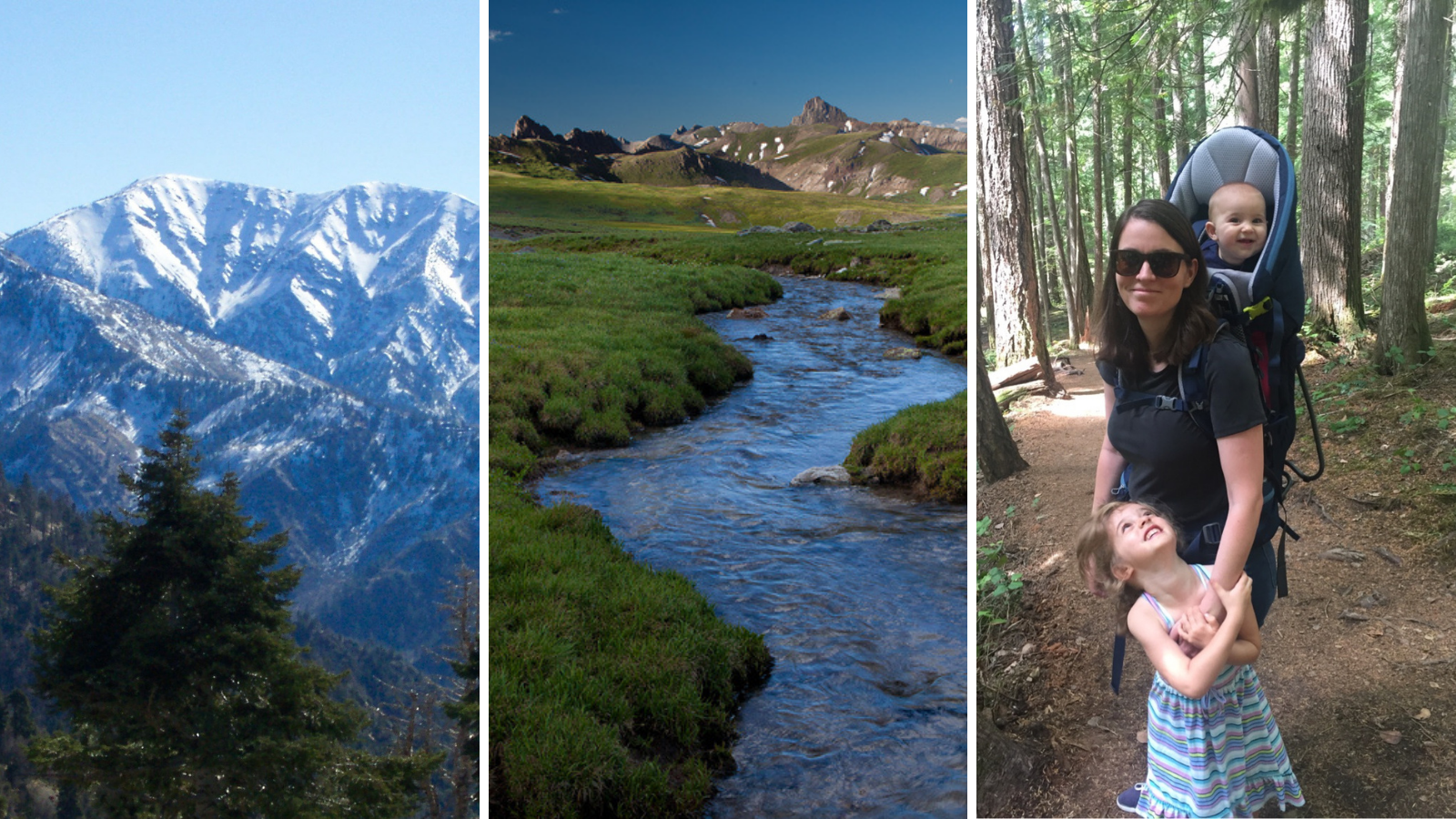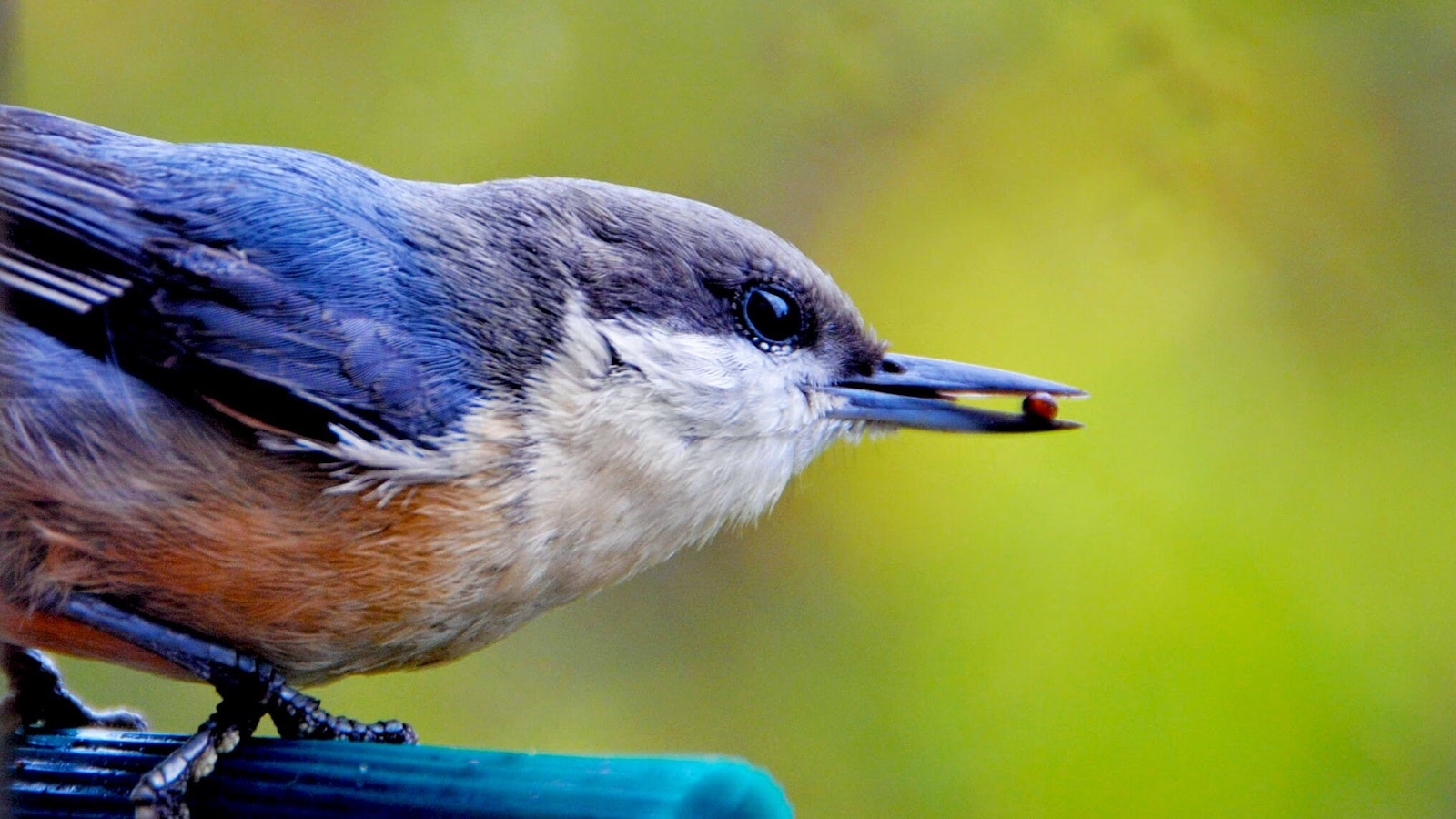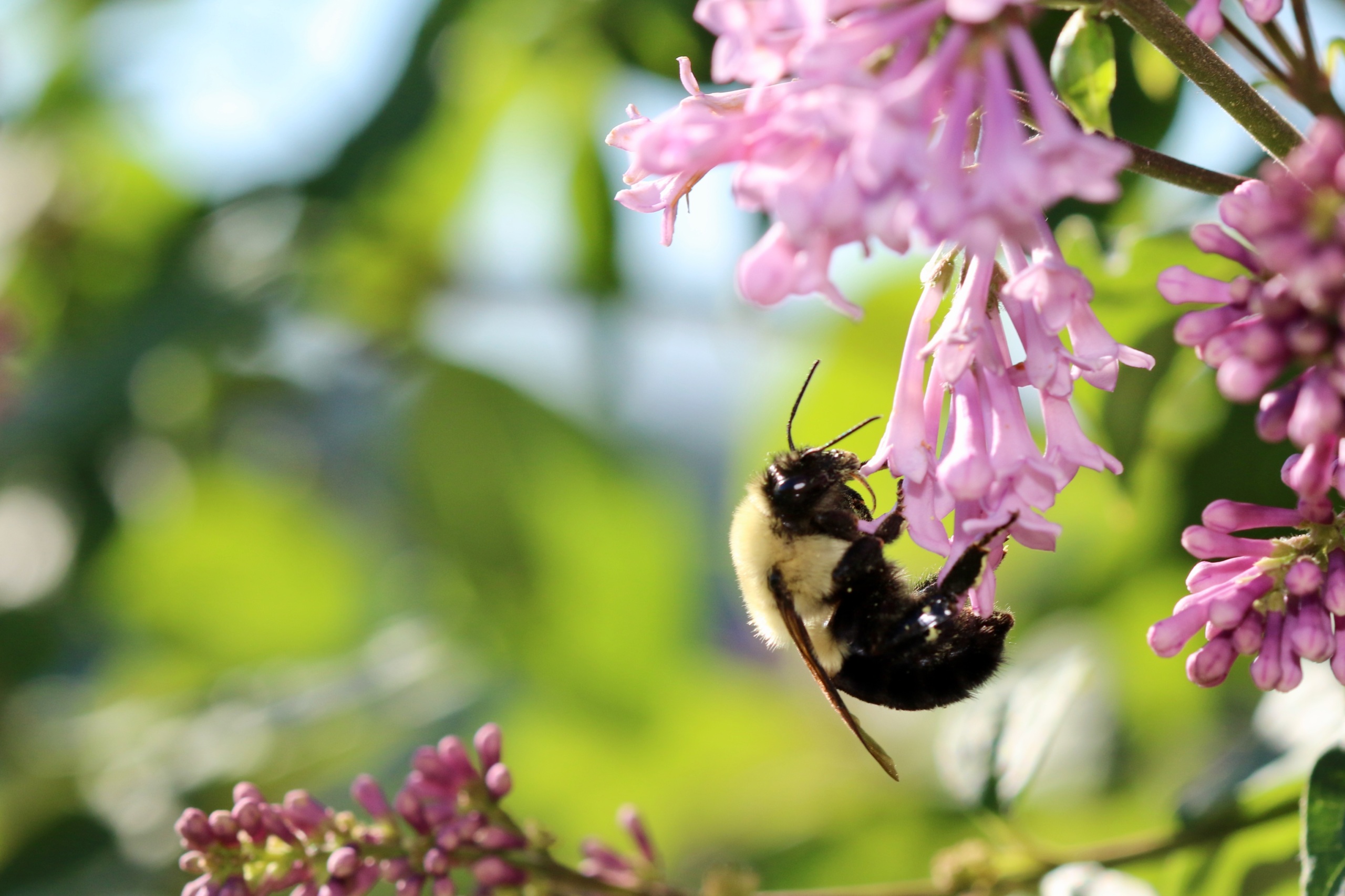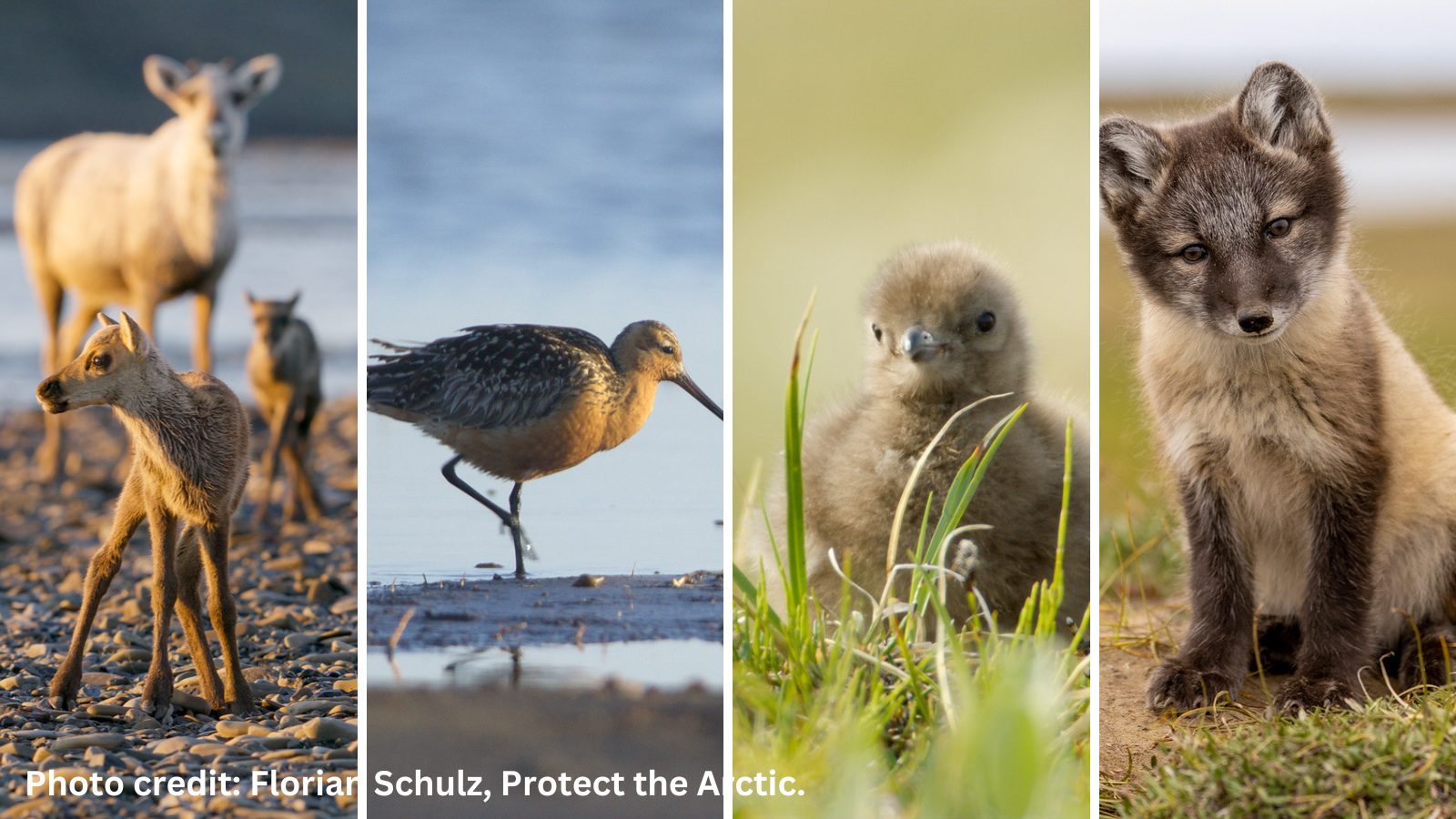
On Public Lands Day, enjoy them!
Find the perfect public land for your weekend activities

National Public Lands Day, which takes place annually on Sept. 25, was launched 27 years ago as an opportunity to celebrate one of the most amazing things about our country — from the biggest park to a local playground, we live in America the Beautiful. To commemorate the occasion, many Americans volunteer each year to maintain trails and remove invasive species and replace them with native plants.
Looking for nearby public lands?
Here are a few different types of public lands you might want to visit …
National Parks
“National parks are the best idea we ever had. Absolutely American, absolutely democratic, they reflect us at our best rather than our worst.” Novelist Wallace Stegner, 1983
When we think of public lands, most of us conjure up mental pictures of national parks. They are a great idea that dates back almost 150 years. President Ulysses S. Grant created our first park, Yellowstone National Park, in 1872. National parks are usually large areas of land and are protected primarily for conservation purposes, existing to safeguard natural and historical resources for future generations. In most parks, no hunting, grazing or resource extraction are permitted. Fishing is permitted on a case-by-case basis. There are 63 national parks in the United States, and only Congress has the power to create new ones.
If you’re lucky enough to live in one of the 30 states with a national park and are close enough to get there easily, they make great destinations for day visits as well as longer trips. National Historical Parks and National Historic Sites are also part of the national parks family and receive the same level of protections. You can find parks and other public lands on the National Park Service website.
When crossing a famous park off your bucket list, you should be ready for crowds. If you visited a popular park this summer, you may have noticed that thousands of other people had the same idea. Our national parks hosted 237 million visitors in 2020. Traffic jams to get into Yellowstone aren’t uncommon and visitors are turned away from the entry at Arches National Park in Utah when it’s too busy. Simply put, more people want to visit parks than capacity allows.
But, fear not: There is a two-part solution to this problem. First, Congress should increase funding for national parks to pay for such infrastructure as more campgrounds and more shuttle buses. This will address the growing numbers of visitors and their cars. Second, Congress should also designate new national parks. More parks might spread the visitor load, especially if parks are created in areas where there isn’t currently a park. For example, if Craters of the Moon National Monument was redesignated as a national park, it would be the first and only national park in Idaho. The new designation would likely draw more visitors, and as a national park, management would be able to provide more resources for those visitors.
Indiana Dunes National Park
Sequoia National Park, California
National Wildlife Refuges
First created in 1903, national wildlife refuges today cover 95 million acres of land. They are established to provide habitats for plants and animals, such as migratory birds. With 560 refuges currently across the system, you can find them in every state. Most are free to visit and are open to the public for environmental education, hiking and often fishing and hunting. Many wildlife refuges are in urban areas, so they are generally easier to get to than many national parks. You can find the nearest wildlife refuge on the U.S. Fish and Wildlife Service website.
The Biden administration has proposed increasing funding for the National Wildlife Refuge System by $80.5 million. If passed by Congress, this increase will provide much needed resources for maintenance.
Upper Oachita National Wildlife Refuge, Louisiana
Bosque del Apache National Wildlife Refuge, New Mexico
National Monuments
National Monuments are designated to protect features of historic, scientific or scenic interest and can be created from any federally controlled or owned land through presidential proclamation. There are 84 national monuments and they range from places like Grand Staircase-Escalante National Monument in Utah, with rugged terrain that is hard for people to navigate, to such historic sites as Tule Lake National Monument-, which commemorates Japanese-American confinement during World War II. You can find the closest national monument to you on the National Park Service website.
The Antiquities Act gives Presidents the authority to designate national monuments and presidents have used that authority more than 250 times since 1906. But President Donald Trump took a decidedly wrong turn when he instead used that authority to shrink Bears Ears and Grand Staircase-Escalante National Monuments. In June, Interior Secretary Deb Haaland recommended that President Joe Biden fully restore the original boundaries of Utah’s Bears Ears and Grand Staircase-Escalante National Monuments, according to reports. With direct action from the president, the Utah monuments can be protected for new generations of hikers, climbers and archaeologists.
Bears Ears National Monument – Comb Wash Recreation Site Area
Devils Tower National Monument, Wyoming
Get out into nature
On this public lands day, I encourage everyone to get outside and visit our public lands. You can sign up to plant trees or clean up trash with a group. Or you can bring a bag and some gloves to the closest park and see what there is to pick up. You can invite a friend to explore a new destination, maybe a wildlife refuge you never knew existed. Climb a mountain, sit by the side of a lake, identify a new bird and enjoy nature.
Topics
Authors
Ellen Montgomery
Director, Public Lands Campaign, Environment America
Ellen runs campaigns to protect America's beautiful places, from local beachfronts to remote mountain peaks. Prior to her current role, Ellen worked as the organizing director for Environment America’s Climate Defenders campaign. Ellen lives in Denver, where she likes to hike in Colorado's mountains.
Find Out More

EPA report says pesticides endanger wildlife

Why we should save the bees, especially the wild bees who need our help most

Why Alaska’s NPR-A, site of the Willow Project, deserves protection


